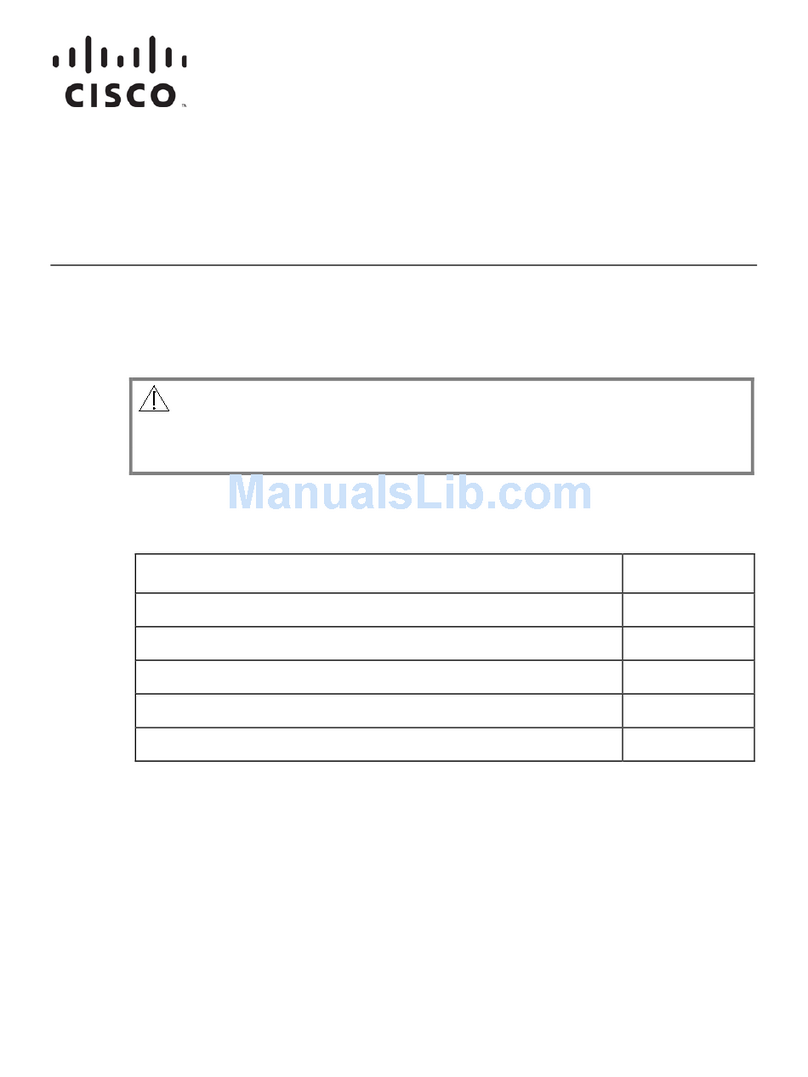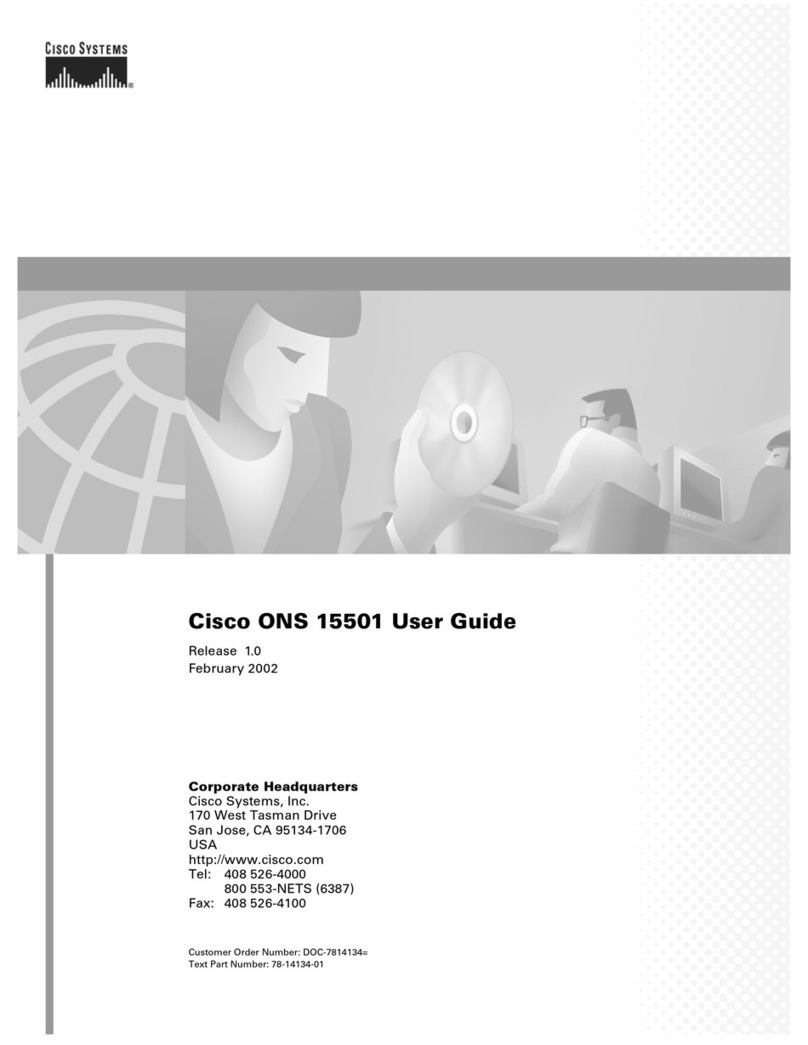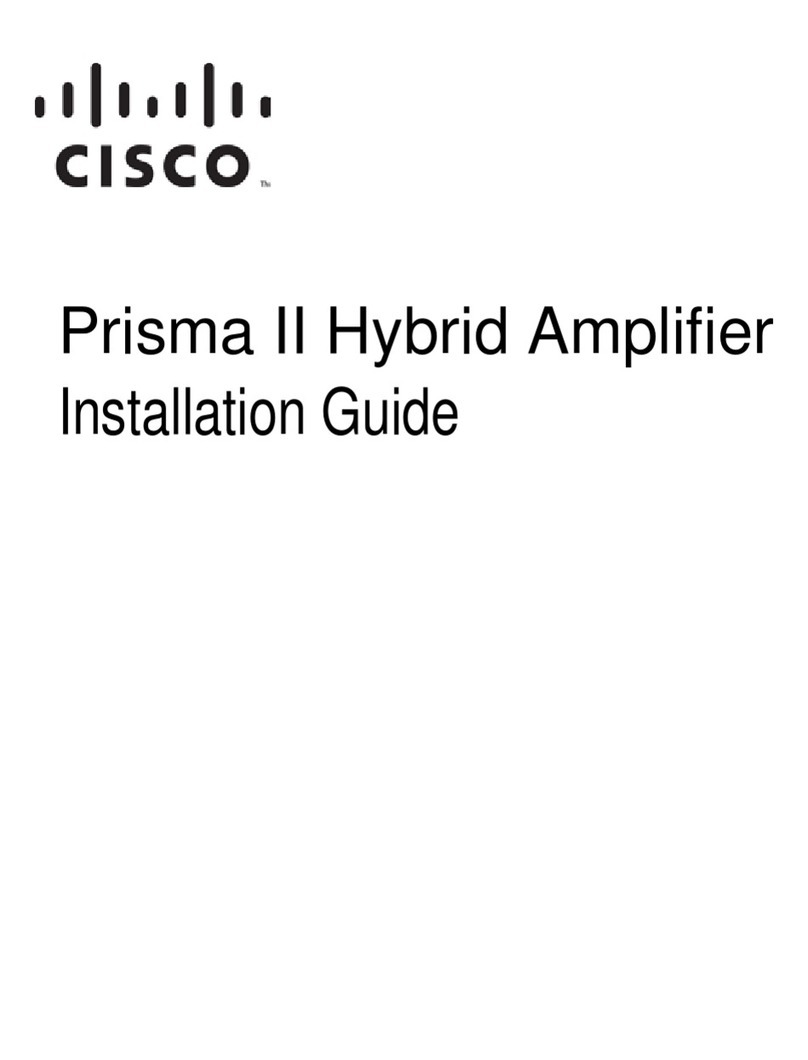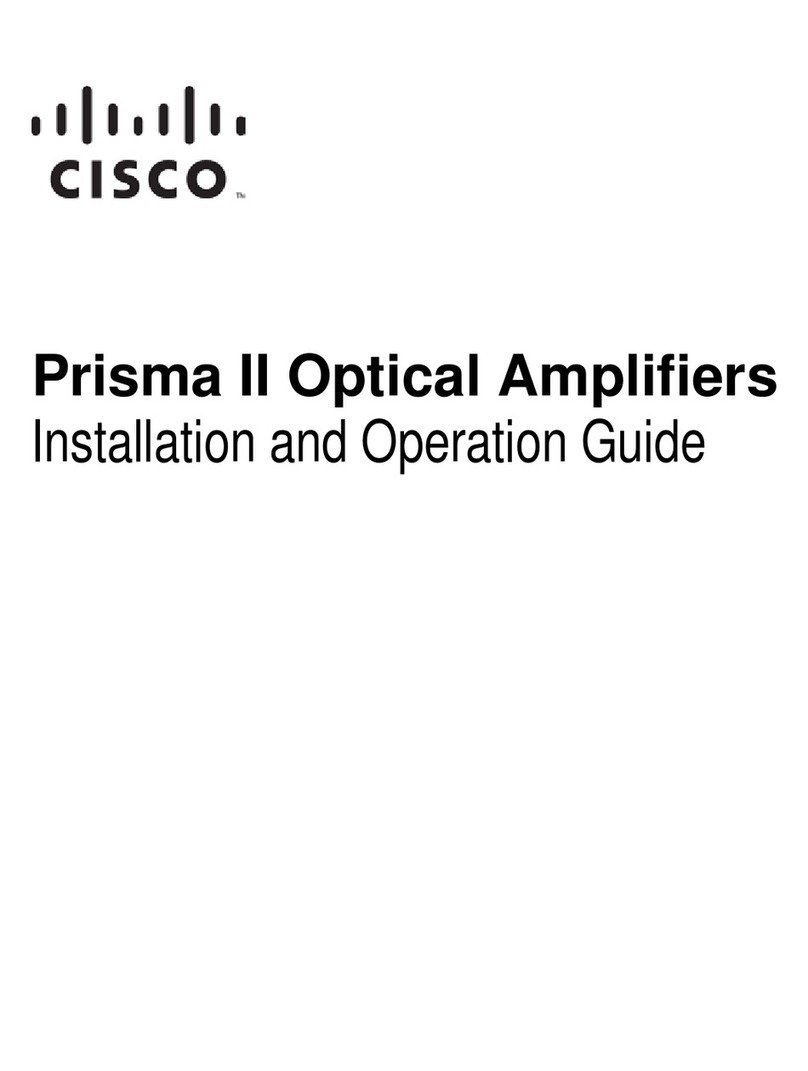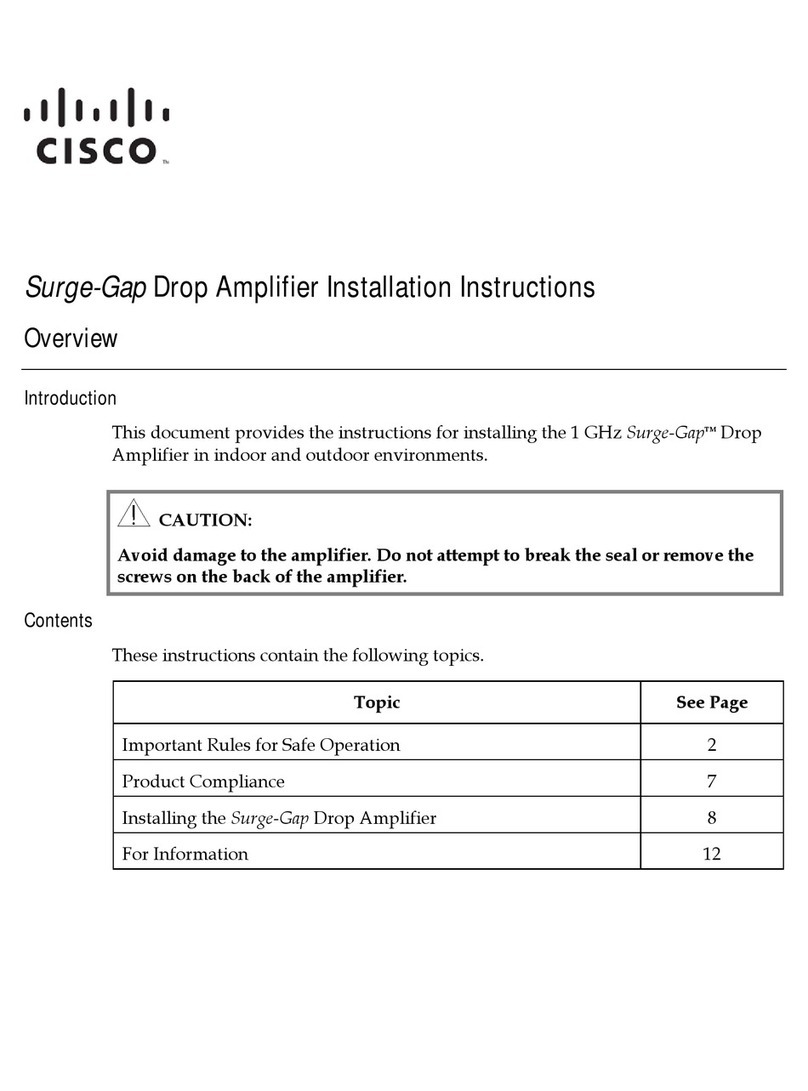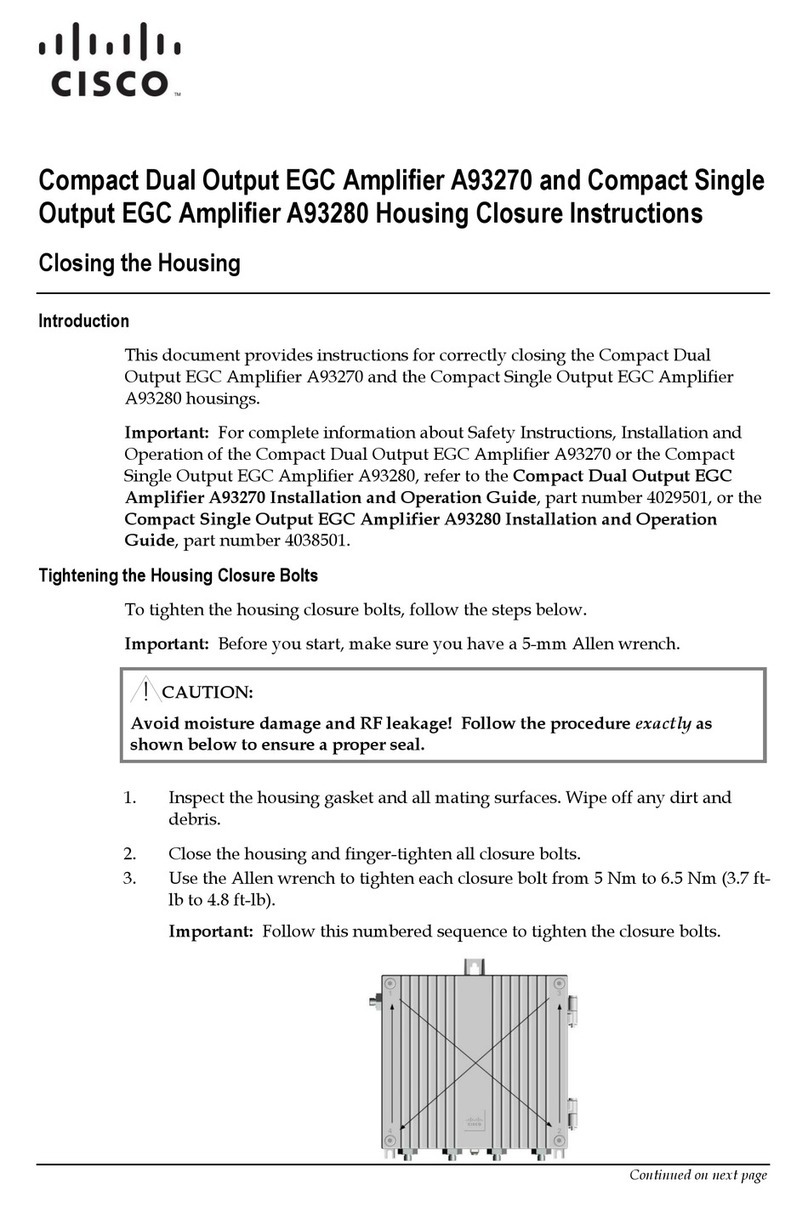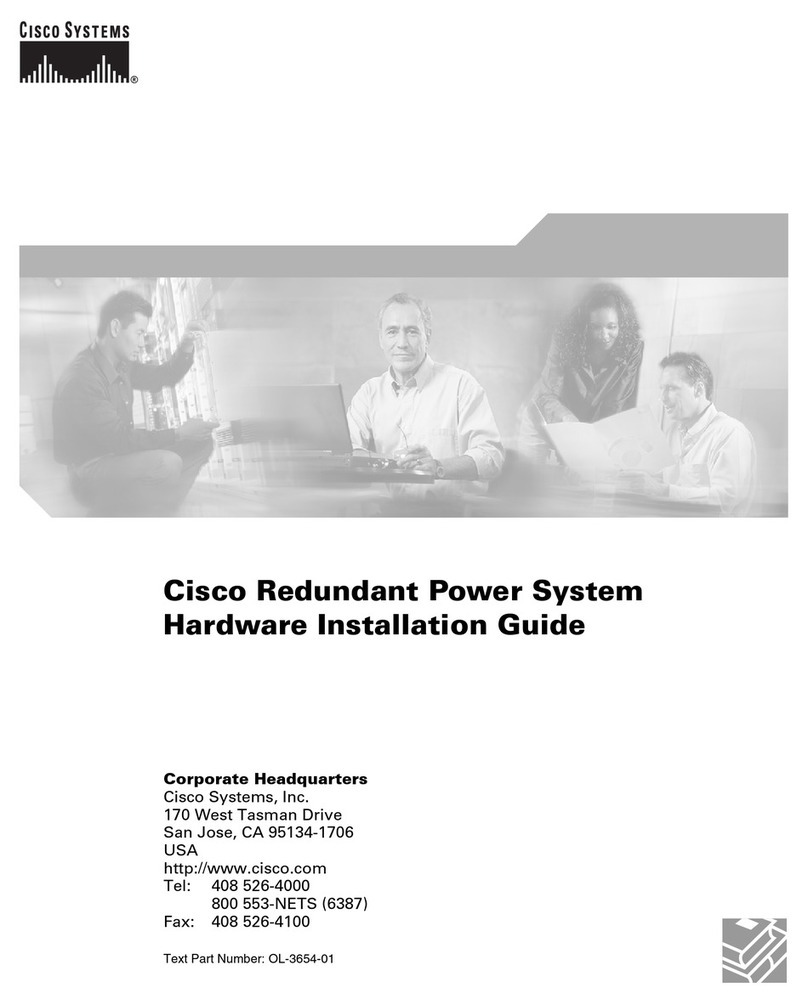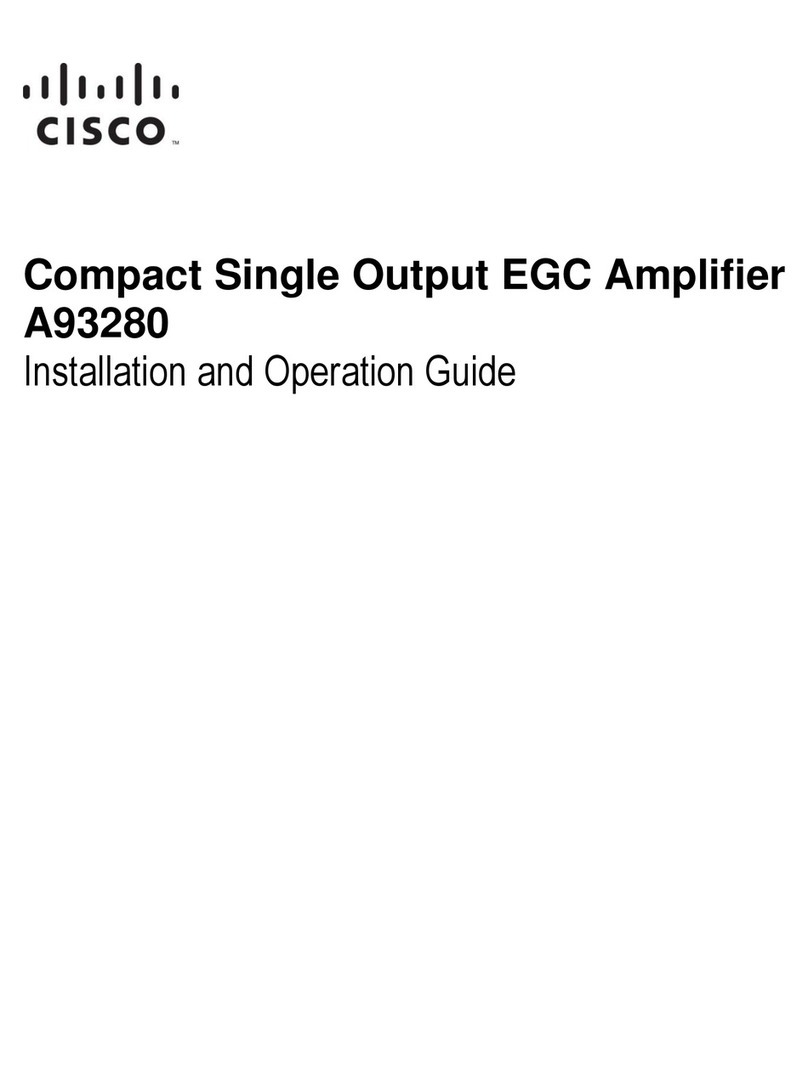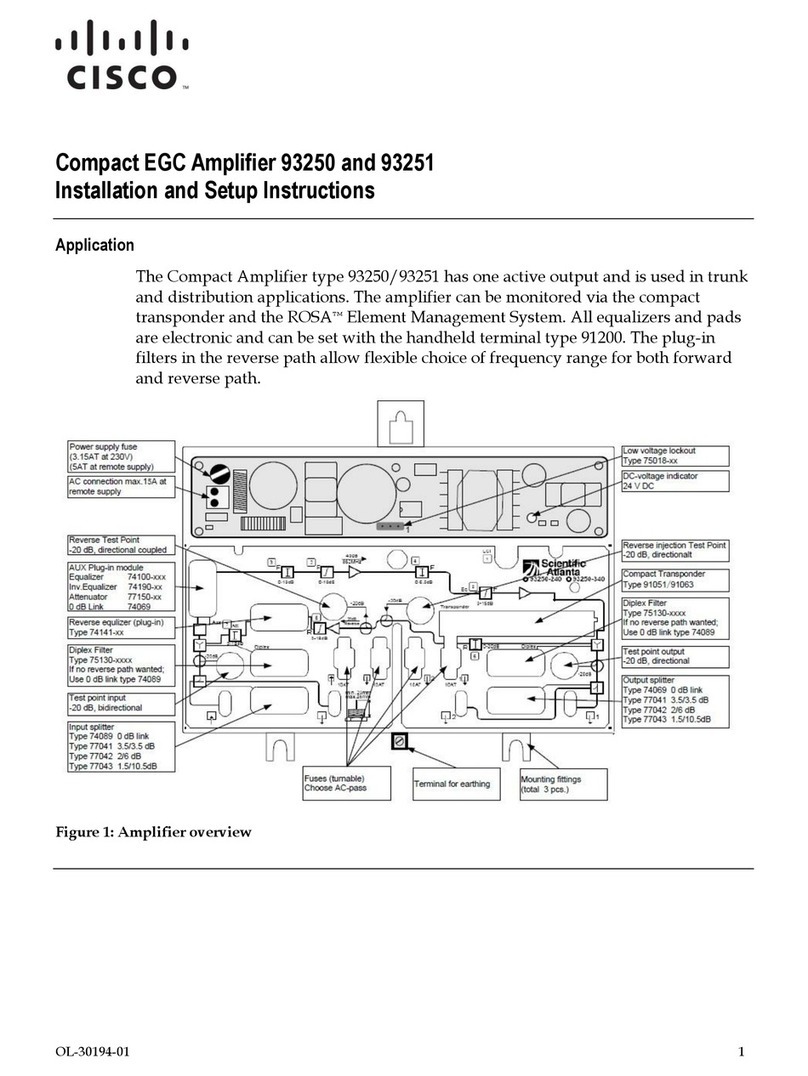
viii 78-4006323-01 Rev C
Important Safety Instructions,Continued
•If the cart does not move easily, this condition may indicate obstructions or cables that may
need to be disconnected before moving this equipment to another location.
•Avoid quick stops and starts when moving the cart.
•Check for uneven floor surfaces such as cracks or cables and cords.
Grounding
This section provides instructions for verifying that the equipment is properly grounded.
Safety Plugs (USA Only)
This equipment is equipped with either a 3-terminal (grounding-type) safety plug or a 2-
terminal (polarized) safety plug. The wide blade or the third terminal is provided for safety.
Do not defeat the safety purpose of the grounding-type or polarized safety plug.
To properly ground this equipment, follow these safety guidelines:
•Grounding-Type Plug - For a 3-terminal plug (one terminal on this plug is a protective
grounding pin), insert the plug into a grounded mains, 3-terminal outlet.
Note: This plug fits only one way. If this plug cannot be fully inserted into the outlet,
contact an electrician to replace the obsolete 3-terminal outlet.
•Polarized Plug - For a 2-terminal plug (a polarized plug with one wide blade and one
narrow blade), insert the plug into a polarized mains, 2-terminal outlet in which one socket
is wider than the other.
Note: If this plug cannot be fully inserted into the outlet, try reversing the plug. If the plug
still fails to fit, contact an electrician to replace the obsolete 2-terminal outlet.
Grounding Terminal
If this equipment is equipped with an external grounding terminal, attach one end of an 18-
gauge wire (or larger) to the grounding terminal; then, attach the other end of the wire to a
ground, such as a grounded equipment rack.
Safety Plugs (European Union)
•Class I Mains Powered Equipment – Provided with a 3-terminal AC inlet and requires
connection to a 3-terminal mains supply outlet via a 3-terminal power cord for proper
connection to the protective ground.
Note: The equipotential bonding terminal provided on some equipment is not designed to
function as a protective ground connection.
•Class II Mains Powered Equipment – Provided with a 2-terminal AC inlet that may be
connected by a 2-terminal power cord to the mains supply outlet. No connection to the
protective ground is required as this class of equipment is provided with double or
reinforced and/or supplementary insulation in addition to the basic insulation provided in
Class I equipment.
Note: Class II equipment, which is subject to EN 50083-1, is provided with a chassis
mounted equipotential bonding terminal. See the section titled Equipotential Bonding for
connection instructions.
